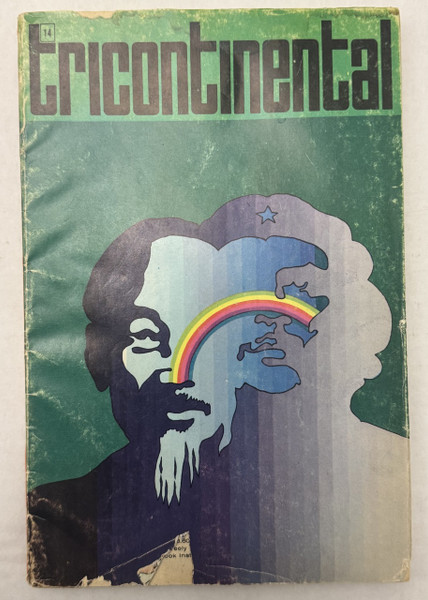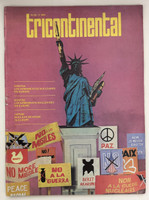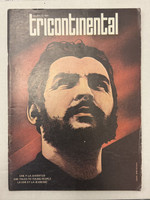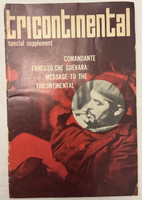- Travel
-
Exhibits
- La Portada Cubana
- Immortal Cuba: Artists Take on Their Heroes
- Seattle Poster Exhibit
- Sandra Dooley & Alejandrina Cué
- The Art of Wayacón
- Cuban Folk Art
- Cuba In Black And White
- 25 Years of Cuban Art Space
- Summer Folk Art Expo
- ¡SPRING AWAKENING FROM CUBA!
- Celebrating The Art Of Cuban Women
- Celebrating Paper, Affordable Art from Cuba
- Art of the Revolution
- Outsider Art
- Lost and Found
- En la lucha: Celebrating Cuban Women and Their Art
- Cuban Art Stash
- 100 Fires: 5 Cienfuegos Artists' Work on Paper
- Waya + Monte! Magic Realism in Cienfuegos
- Viva Cuba Viva! Poster Show
- Cultivando Sueños
- Black Lives Matter in Cuba Jan 9-March 27
- Leandro Soto: Crónicas visuales
- Cuban Canvas
-
Archive
- Global Reflection 2018: Spirit and Community
- Exhibit in the cloud: Contemporary Works on Paper
- MADE IN CUBA! MINNEAPOLIS EXHIBIT
- Cuban Posters and Photography from CCS collection
- AUTUMN SALE! Sept/Oct 2017
- SPRING ARTS AND CRAFT SALE
- Vuelo Directo/Non Stop: Alberto & Alejandro Lescay
- The Many Faces of Fidel
- Somos
- Made in Cuba!
- The US empire in Cuban graphics
- Made in Cuba/Seattle exhibit
- Entre Nos
- Looking Back
- Cuban Art Space
- Membership/Donate
- About Us
- Cuba News
-
Published just weeks after Ho Chi Minh's death in September 1969, Tricontinental No. 14 commemorates the second anniversary of the Battle of the Yuro gorge where Che Guevara was captured in Bolivia. The cover presents a poetic visual metaphor: overlapping silhouette profiles showing Che Guevara's distinctive bearded visage merged with a blue globe depicting the world map, connected by a vivid rainbow arc and topped with a single star. The design employs graduated color fields in sage green, turquoise, deep purple, and cream, creating a dreamlike quality that transforms both revolutionary leaders into universal symbols of international solidarity.
The editorial "To the Reader" reflects on how "the lives of these leaders of the revolution, though separated by distance, have been forever united by the historic period in which both lived," explicitly linking Vietnamese and Latin American liberation struggles. The artist succeeded in visualizing this unity by literally fusing Che's profile with the globe, the rainbow suggesting hope and connection across continents while the single star evokes both Cuban and Vietnamese revolutionary iconography.
This issue reprints Che's famous "Message to the Tricontinental" in the Notes for History section, calling it "an essential truth for those who maintain their revolutionary principles aloft." The editorial also highlights Guinean President Ahmed Sékou Touré's speech on African socialism delivered at the Afro-European Trade Union Conference, and José Luciano Franco's comprehensive essay "Africa's Presence in America," which challenges colonial myths about African contributions to world culture.
The Meridian Liberation section features interviews with four Palestinian resistance leaders including Yasser Arafat, Abu Jihad, and Nayif Hawatmeh, under the title "Palestine: Voices of Rebellion," documenting the Popular Front for the Liberation of Palestine's struggle. Carlos Fonseca Amador, president of Nicaragua's Sandinista Front of National Liberation, contributes "Zero Hour in Nicaragua," describing guerrilla operations and conditions in a country "exploited by the combined efforts of the Yankees and the native oligarchy."
The issue's table of contents also includes OSPAAAL delegation reports from the Middle East, solidarity statements from India's Communist Party, and updates on liberation movements across three continents, maintaining the magazine's role as a vital communications network for global revolutionary movements during this pivotal Cold War period.
-
-
Discover More at the Center for Cuban Studies







